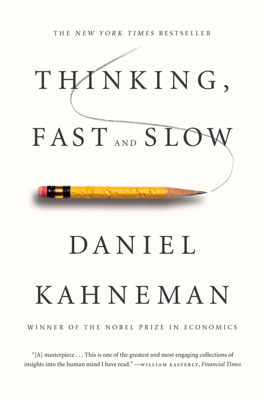The Science of Availability
The Availability Heuristic: Definition and Operation
- Definition and Concept Development: The availability heuristic defines the process where individuals estimate the frequency or likelihood of an event based on the ease with which examples come to mind. Originally formulated by Kahneman and his colleague Amos Tversky, the concept has evolved to include nuances in how both automatic and deliberative mental processes influence these judgments.
Experiments Illustrating Availability Bias
- Ease Over Number: A pronounced finding is that people often judge the frequency of an event not by the actual number of instances recalled but by the ease with which they can recall these instances. Notably, individuals may rate something as less frequent if they struggle to come up with examples, even if the number of examples is objectively large.
- Facial Expressions and Cognitive Strain: Experiments involving facial expressions that simulate cognitive strain (like frowning) show that if retrieving memories is physically mimicked as difficult, people may perceive their actions or traits (like assertiveness) as less frequent or pronounced.
Influences on Judgment by Self-Relevance and Task Engagement
- Personal Involvement: When individuals perceive a direct relevance of the recalled information to themselves (such as risks of heart disease in one's family), they are more likely to focus on the content of what they retrieve rather than the ease of retrieval.
- Dual Tasking and Mood Effects: Availability bias is stronger when individuals are either multitasking, in a good mood, or less vigilant. These conditions tend to reduce the critical oversight of System 2, leading to a greater reliance on the ease of retrieval.
Applications and Implications of Availability Heuristic
- Real-Life Decision Making: The heuristic significantly affects everyday decisions and perceptions, from assessing personal traits like assertiveness based on recently recalled behaviors to making health or safety decisions influenced by recent events or experiences.
- Awareness of Biases: Recognizing how availability biases can distort perception can help individuals and groups make more informed judgments. This awareness is particularly useful in collaborative environments or negotiations where perceptions of contribution or risk are skewed by recent memory recalls.
Examples and Practical Applications
- Marriage and Collaborations: Awareness of personal biases in recalling one's contributions can mitigate conflicts over perceived inequities in collaborative efforts. In marriages, recognizing that each partner is likely to recall their contributions more vividly than those of their partner can ease tensions and lead to fairer assessments of shared responsibilities.
- Role of Power and Intuition in Judgments: A heightened sense of power or an established trust in one's intuition can amplify the reliance on the availability heuristic, leading to stronger biases. This can affect leadership and decision-making processes, as powerful individuals may over-rely on their intuitive judgments.
By understanding the mechanisms and impacts of the availability heuristic, individuals can better navigate their cognitive biases, leading to more balanced and accurate judgments and decisions.
